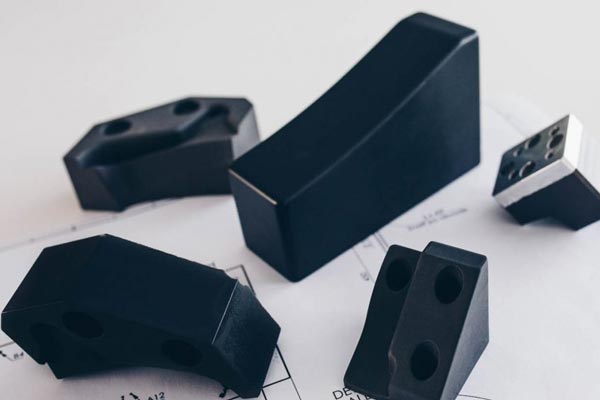Consider Vacuum casting for fast, flexible, and cost-effective plastic parts. Vacuum casting uses a vacuum chamber to make parts from a silicone mould. It has advantages over injection moulding, 3D printing, and CNC machining.
Vacuum casting saves time in product development
- Shorten lead time for prototyping and testing. It is faster than other methods, taking hours or days instead of weeks or months. It can produce multiple copies of a part from one mould, speeding up testing and validation.
- Allows complex shapes and geometries not possible with other methods. It produces detailed, smooth, and precise parts without extra steps. It can produce parts with various colours, textures, and finishes without painting or coating.
- Enabling effortless design alterations. It can create flexible or rigid parts based on material and process parameters. Vacuum casting can create parts with various electrical and thermal properties. It allows for easy design changes by altering the mould or material.
- Improving both the quality and the longevity of the product. It is able to produce components that are biocompatible, can be sterilised, and are resistant to impact, corrosion, and UV light. Casting in a vacuum can result in pieces that are not only functional but also aesthetically beautiful. Through a reduction of faults, failures, and recalls, it results in monetary savings.
- Extremely adaptable and changeable end products. It manufactures bespoke components in response to specific requests from customers. It can reflect the identity and values of your brand, which can increase both your competitiveness and the satisfaction of your customers.
Vacuum casting Process
To start Vacuum casting, make a master model using 3D printing or CNC machining. Use a heat and pressure resistant material for the master model in silicone moulding.
- Pouring liquid silicone around a master model and then removing any air bubbles in a vacuum chamber is the first step in making a silicone mould. Take off the silicone mould that is attached to the master model so that you can make room for casting pieces.
- In order to remove any air bubbles from the casting material, the preparation process begins with mixing the material and then degassing it in a vacuum chamber. It assures that the final product will have a flawless finish.
- Pouring the casting material into a vacuumed silicone mould helps remove air bubbles from the substance. The pressure is applied to the mould in order to force the casting material into all of the features and cavities.
- Before the casting material can be demolded, it must first cure either at room temperature or in a hot oven. After the part has been allowed to cure, any extra material is removed from it and then it is removed from the silicone mould.
- In order to achieve the desired finish and make the product usable, post-processing steps such as painting, polishing, or assembling may be necessary.
Vacuum casting creates plastic parts from a silicone mould using a vacuum chamber. It saves time and money in product development by producing complex shapes, allowing design changes, reducing costs, improving quality, and offering customization.
Reference
*Image from https://bizzcom.sk/

